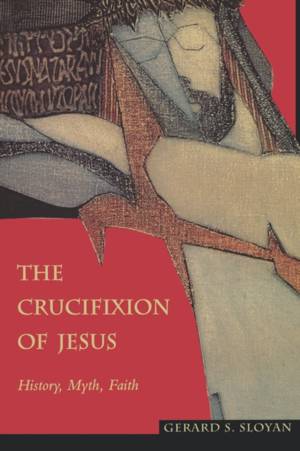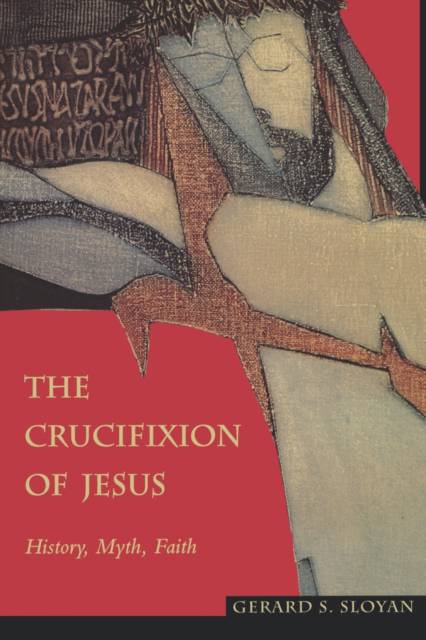
- Afhalen na 1 uur in een winkel met voorraad
- Gratis thuislevering in België vanaf € 30
- Ruim aanbod met 7 miljoen producten
- Afhalen na 1 uur in een winkel met voorraad
- Gratis thuislevering in België vanaf € 30
- Ruim aanbod met 7 miljoen producten
Omschrijving
Jesus of Nazareth died on a cross at the hands of Roman justice around the year 30 C.E. Thousands of others perished in the same way, and many people before and since have suffered far more gruesome torments. Why then is Jesus, Gerard Sloyan asks, uniquely and universally remembered for his suffering death? How has his death brought solace to many millions?
To answer this question, Gerard Sloyan in this powerful historical tour de force tracks the legacy of the cross across two millennia of Christian reminiscences, piety, art, speculation, and mythicizing. Beginning with New Testament accounts, he shows how Jesus' death came to be seen as sacrificial. He then plots the emergence and development - in theology, liturgy, literature, art - of the conviction that Jesus' death was redemptive, as seen both in soteriological theory from Tertullian to Anselm, in the Reformation and modern eras, and in more popular religious responses to the crucifixion.
Sloyan's impressive scholarship and keen theological insights bring to light both the historical realities of Jesus' death and the many and profound ways in which the cross has been received in the hearts and minds of those who profess Jesus' name.
Specificaties
Betrokkenen
- Auteur(s):
- Uitgeverij:
Inhoud
- Aantal bladzijden:
- 228
- Taal:
- Engels
- Reeks:
Eigenschappen
- Productcode (EAN):
- 9780800628864
- Verschijningsdatum:
- 1/07/1995
- Uitvoering:
- Paperback
- Formaat:
- Trade paperback (VS)
- Afmetingen:
- 152 mm x 231 mm
- Gewicht:
- 340 g

Alleen bij Standaard Boekhandel
Beoordelingen
We publiceren alleen reviews die voldoen aan de voorwaarden voor reviews. Bekijk onze voorwaarden voor reviews.











